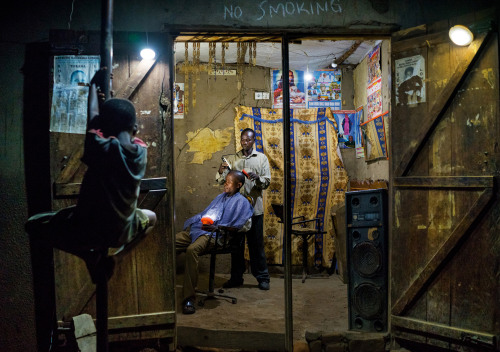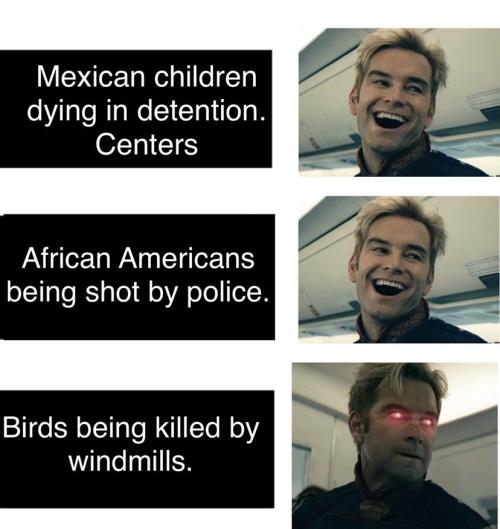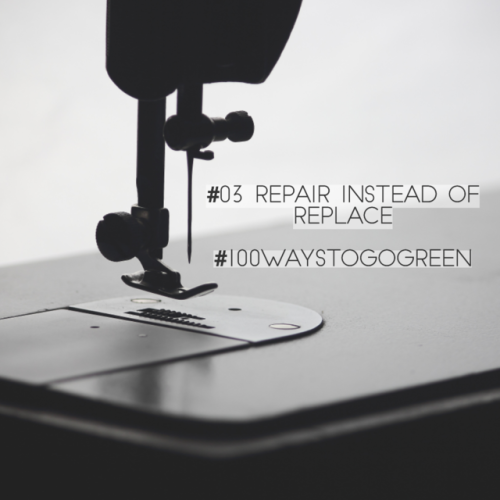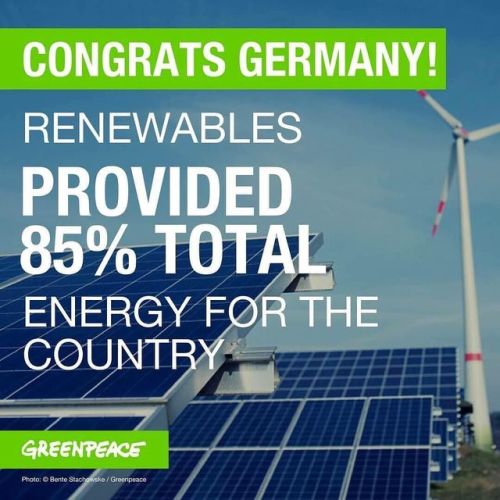#renewable energy
Solarpunk
Motifs: Stained glass, solar panels, plant life, art noveau
Values: Inclusion, community, environmental awareness, local businesses over corporations, renewable energy
Colors: Green, yellow, blue


Testing the BioLite 2 stove on the trail.
- The award-winning BioLite CampStove’s latest upgrade features 50% more power, an integrated battery, and an updated LED dashboard for improved control and feedback. Burning only wood, the CampStove 2’s fan creates a smokeless fire that can cook meals and boil water in minutes while turning its heat into usable electricity. Compatible with the KettlePot and Portable Grill, cook up wood-fired meals and charge devices using only the sticks around you.
Sun powered ☀️

Solar is the cheapest energy available now & fossil fuels are still being subsidized. Please support your local rooftop solar and storage efforts.
Post link
How Solar Lanterns Are Giving Power to the People
Clean-energy lights are transforming lives—and creating entrepreneurs—in Africa and India.
#WeAreWakanda
Post link
New Variable Speed Wind Turbine
The efficiency of wind power generators stands to take a leap forward following the introduction of new variable speed wind turbine technology.
By the MOTHER EARTH NEWS editors
PHOTO: KENETECH
Post link
#04 buy less, choose well.
That means, basically, buying one high quality item instead of several lower quality things. One sweater you’d wear for years is less expensive and saves so much resources and energy compared to a Zara sweater you wash three times before it loses its shape.
Post link
#03 repair instead of replace
In today’s super fast life, we tend to throw everything out when it’s broken. Cellphones, clothing, furniture: everything will be replaced. But taking the extra effort to repair something saves so much energy and resources - worth a try. And it will also save some cash.
Post link
Just this past Sunday, Germany managed to get 85% of their energy from renewable energy! That’s pretty cool!! ☀️ #renewableenergy #renewables #solar #germany via Instagram http://ift.tt/2qYrYhn
Proud of my home country Germany! Go green!
Post link
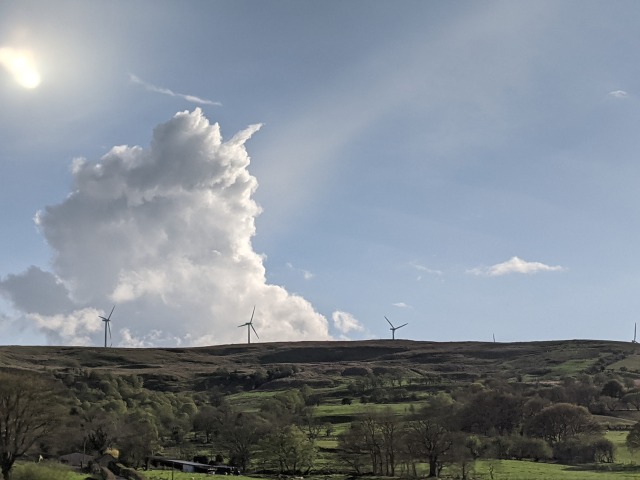
I saw a good cloud today.

Credit - All photos: Snøhetta
By Shardell Joseph
In an effort to combat the building industry’s contribution to global emissions, architecture studio, Snøhetta, has completed the sustainable powerhouse Brattørkaia office in Trondheim, Norway. Snøhetta claims that the building produces more than double the amount of electricity it consumes daily.
The purpose of this energy-positive architecture is to make it capable of generating renewable energy through a local microgrid, which can then be supplied to itself, neighbouring buildings, electric buses, cars and boats.
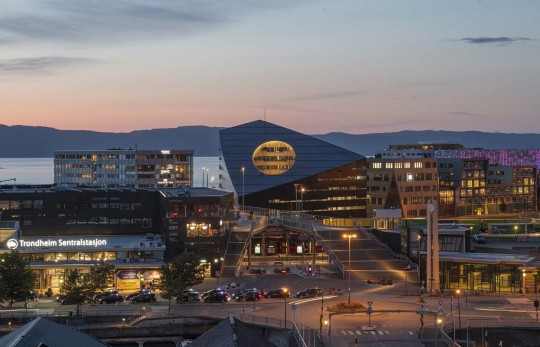
Solar panels that stretch across almost 3,000m2are cladded on the roof and the upper part of the façade. These are placed to harvest the most amount of solar energy possible, with maximum exposure to the sun. The building also includes aluminium cladding.

The company hopes that its efforts will set precedent for future standards within the building industry, showcasing that the architecture has not been compromised for its green agenda.
‘Energy-positive buildings are the buildings of the future. The mantra of the design industry should not be ‘form follows function’ but ‘form follows environment’. This means that the design thinking of today should focus on environmental considerations and reducing our footprint first, and have the design follow this premise,’ said Snøhetta Founder, Kjetil Trædal Thorsen.

In effect, the building dually functions as a small power plant in the middle of the city. Ample space for energy storage is built into the building footprint, allowing it to store surplus energy in the summer months of near total daylight, to then use it in the winter months when daylight is at a minimum.
The building is made to be energy efficient by using technologies that can reduce energy use in its day to day operations. These include insulating the building for maximum efficiency, installing intelligent solutions for air flow to reduce the need for heating, heat recovery solutions for ventilating air, using seawater for heating and cooling and implementing only energy efficient electrical appliances. Daylight conditions are optimised throughout the building design and artificial light use is kept at a minimum.
Why doesn’t every big box store have rooftop solar? | Grist
The amount of space available on the rooftops of Walmarts, Targets, Home Depots, Costcos, and other large stores and shopping malls in the continental U.S. is staggering. Environment America estimates that it amounts to 7.2 billion square feet, or about the size of El Paso, Texas. Even tiny little Rhode Island has 279 stores that span at least 25,000 square feet each.
From one perspective, these shrines to consumption represent the root cause of our climate catastrophe. But there’s a potential silver lining: These stores can make up for at least some of that damage by opening up their vast rooftops to solar development. At best, blanketing these stores in solar panels could reduce the need to site solar farms in rural areas where they often face opposition from neighbors and can threaten endangered species.
Here’s the Solarpunk bit!
David Hughes, an environmental anthropologist at Rutgers University, has a more radical idea. When Grist spoke with him last fall, he suggested that when the owners of these large flat rooftops fail to take advantage of their solar potential, they should forfeit their rights to do so to the community or municipality. Hughes bases his argument on a law from the 1800s called the Homestead Act, under which the government offered up plots of land (stolen from Indigenous peoples) to white settlers to cultivate. But if the homesteaders failed to do anything “useful” with it within five years, the rights to the land reverted back to the government. Hughes argues that the Homestead Act could be repurposed for progressive priorities today, ensuring that when a company doesn’t take advantage of the resources at its fingertips, the local community can.
An excellent proposal! The sort of thing local solarpunks could and should be agitating for in their local town halls and meetings!!
Post link







